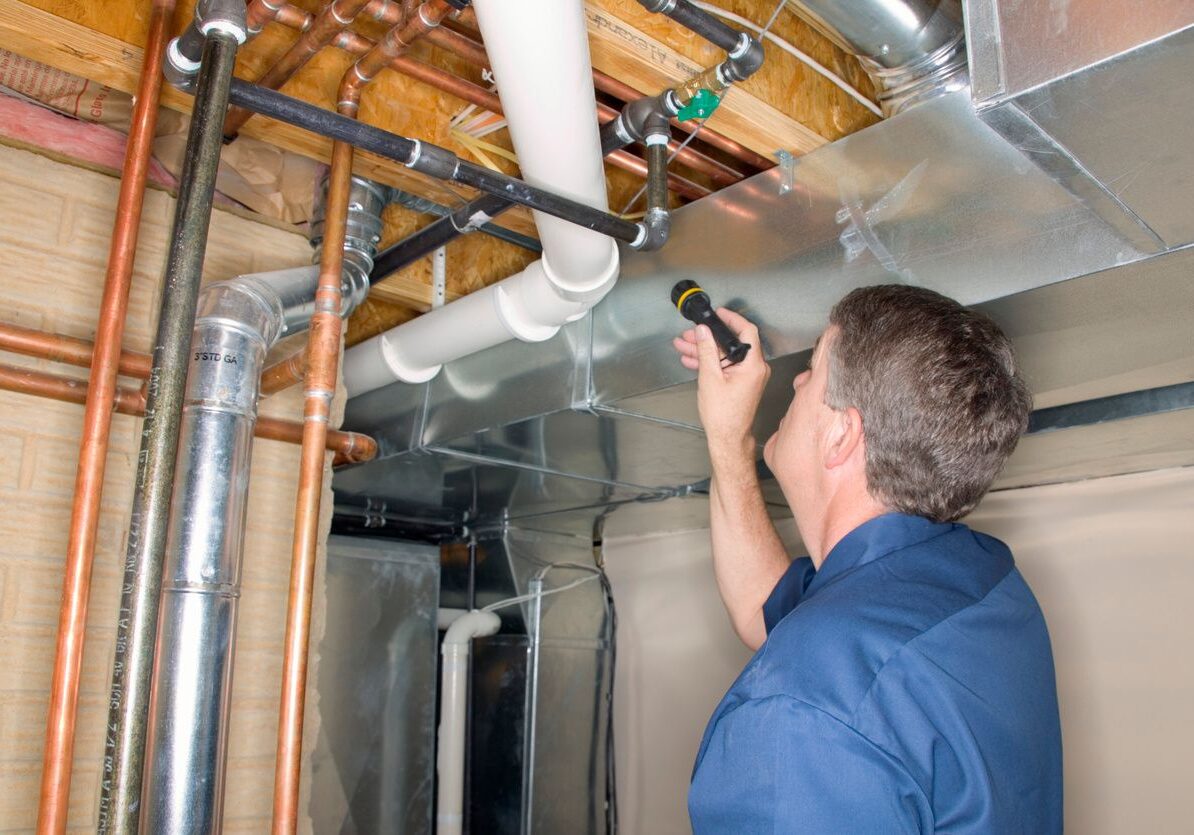What Boards Should Know About 40-Year Recertification

When a residential or commercial building in specific counties in the State of Florida – including Miami-Dade and Broward County – celebrates its 40th birthday, it must be recertified by an engineer or architect to ensure its structural and electrical safety. Thereafter, buildings must be recertified every ten years.
Here are the basics that boards should know about the recertification process:
The types of buildings included depends on which County you live in.
In Miami-Dade County, 40-year recertifications apply to all buildings except for single-family homes, duplexes, and buildings that have an occupant load of 10 or less and 2,000 square feet or less. In Broward County, it applies to all buildings except single-family homes, duplexes, those less than 3,500 square feet, and U.S. government or Florida state government buildings that are built on Indian reservations.
Generally speaking, the building will receive a notice when coming up on the 40-year mark, but you shouldn’t wait to receive that notice to get started on repairs.
When a building becomes forty years old, county or city code compliance officials send a Notice of Required Inspection to the property owner or property management office. Recertification dates are based on the anniversary of the original Building or Structure’s Certificate of Occupancy.
Property owners/management has 90 days from the date of notification to have the property properly inspected. The outcome of the inspection will determine if the property will be recertified for another 10 years or if improvements need to be made before the recertification is granted. If repairs or improvements are needed, owners are given another 60 days to complete them.
Non-compliance with the inspection notice or not completing required repairs can result in penalties.
In some cases, owners of property that is 40 or more years old do not receive a Notice of Required Inspection. However, property owners are still responsible for obtaining the recertification. They are also responsible for having the building recertified every 10 yeas following the initial recertification. If buildings are not recertified, owners can be liable if an accident or other incident occurs at the site.
Inspections need to be conducted by licensed professionals and then attended to.
Inspections must be performed by licensed architects or engineers. These experts look at many aspects of the buildings foundational and electrical systems, including foundation, roofing systems, masonry bearing walls, steel frames, flooring, concrete framing systems, windows, wood framing, loading, electrical service, branch circuits, conduit raceways, and emergency lighting.
A safety inspection does not mean the building needs to be brought up to present-day building codes.
The safety inspection is done on the current condition of the building’s structure and electrical system. The idea is to determine if the existing structure remains safe. However, if your building needs repairs, they will have to meet the current code.
Recertification do not take as long as you think, especially if your community is proactive about preventative maintenance.
Recertifications are reasonably quick, with most taking approximately two weeks. You must submit your request for Recertification within 90 days after receiving the notice. However, buildings that have been negligent in their maintenance should start this process at least 3-5 year before the recertification is required. It can take several years and several million dollars to bring the building up to expected standards.
You may need to get permits for some of the required repairs.
General maintenance repairs that exceed $1,500 or more often require a permit. However, your professional engineer should be able to assist you with this assessment.
There are several parts to the recertification process.
These inspections are enforced to keep buildings safe. Within each inspection, there’s a list of specific items the county requests to investigate and check. Of course, inspectors are looking for serious structural damage, faulty electrical systems, and other life-threatening items that need to be addressed to ensure the building’s safety.
The first portion is Structural Recertification. At this stage, the purpose is to determine the general structural condition of the building. The condition of the structure to the extent of any part, material, or assembly which affects the safety of such buildings. The report includes a statement explaining if the building is structurally safe, unsafe, safe with qualifications, or has been deemed safe by restrictive interpretations. The structural recertification analyzes:
- Foundations
- Roofing systems
- Masonry bearing walls
- Steel framing systems
- Floor and roof systems
- Concrete framing systems
- Windows
- Wood framing
- Loading
The Electrical Recertification confirms that both the building or structure, as well as habitable and non-habitable areas, are safe for continued use under present occupancy. Under the electrical recertification inspection, engineers will look at:
- Electric services
- Branch circuits
- Conduit raceways
- Emergency lighting
- Gutters
- Electrical panels
- Grounding of equipment
- Service conductor and cables
- Types of wiring methods
- Feeder conductors
- Parking illumination
The 40-Year or Older Building Safety Program was established in the mid-1970s in Miami; then, it expanded to Broward County around 2005. Currently, these are the only two counties that require these inspections, that will most likely change as the discussion for a statewide requirement has been buzzing for a while.
Under the Florida Building Code of 2001, the 40-Year or Older Building Safety Program requires commercial and specific residential properties, 40 years old or older to undergo a property assessment by a professional engineer. The main objective is to ensure all buildings reaching 40 years of age are still “safe” in terms of their structural and electrical systems.
So even if the County doesn’t put your building on notice, it is still something your community should consider doing.
